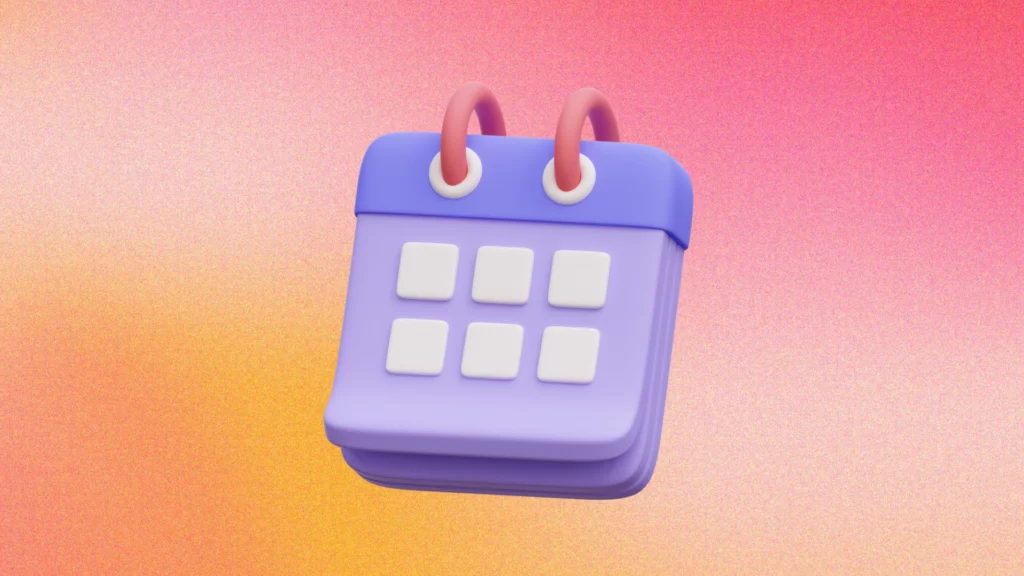Out with the Old, in with the Efficient
Ever felt like juggling dates and hours in JavaScript was like trying to catch a greased pig at a county fair? Yep, we’ve been there. Enter Day.js. Our developers swear by it, and for good reason! This lightweight champ is a fast 2kB alternative to Moment.js and is armed with the same modern API. But what’s the hullabaloo all about?
Where Did Day.js Come From?
Day.js was born in 2018, built by iamkun, a Chinese developer who wanted a lightweight, immutable, and performant alternative to the then-dominant Moment.js. The project is open-source, MIT-licensed, and has attracted a vibrant community over the years.
Fast-forward to now, and it’s maintained by a team of contributors and used by big names like GitHub, Tencent, and Alibaba.
Size Matters: Day.js Is Lightweight for a Reason
Why it still rocks in 2025:
- Tiny footprint: At just ~2kB (yes, really), Day.js won’t bloat your bundle. Perfect for modern apps, mobile-first projects, and performance-obsessed teams.
- Familiar API: If you’ve used Moment.js, switching to Day.js is like swapping your old sedan for a sleek electric car — everything’s where you expect it, just faster and cleaner.
- Tree-shakable & modular: Only import what you need. Optional plugins mean you keep your builds tight without sacrificing functionality.

Immutable by Default (and That’s a Good Thing)
One of the slickest features of Day.js? Immutability.
That means every time you perform an operation — say, adding days or subtracting hours — Day.js returns a brand new object instead of changing the original one. No unexpected side effects. No silent bugs. Just clean, predictable results.
It’s the kind of detail that keeps developers sane when juggling complex time logic.
I18n Without the Bloat
Global apps need global date formatting — but not all of it, all the time.
Day.js supports internationalization (i18n) out of the box, with dozens of locales available. The kicker? It only includes the ones you actually use, keeping your app lightweight and localized at the same time.
Handy Day.js Utilities You’ll Love
Here’s a taste of what Day.js can do (besides look cool in your package.json):
- Relative time: “3 hours ago” never sounded so clean.
- Date formatting: Customize how dates appear to your users.
- Date math: Add, subtract, or manipulate dates with ease.
- Comparison: Know whether your deadline is in the past (or way too close).
- Timezone conversion: With plugins like
utcandtimezone, it plays nice with global users.
Still Using Moment.js in 2025? Time to Upgrade
Moment.js is now in maintenance mode, with the team officially recommending alternatives like Day.js. If you haven’t switched yet, this is your cue. Day.js is leaner, faster, and future-proof.
Final Thoughts: Day.js Just Makes Sense
Whether you’re building dashboards, scheduling systems, or a productivity app for time-travelers, Day.js helps you do more with less code.
Our dev team swears by it — and we’re not the only ones. It’s the go-to date library for devs who care about speed, clarity, and not losing sleep over daylight saving time bugs.
🔗 Explore Day.js on GitHub and make your date logic less painful — and a lot more fun.



